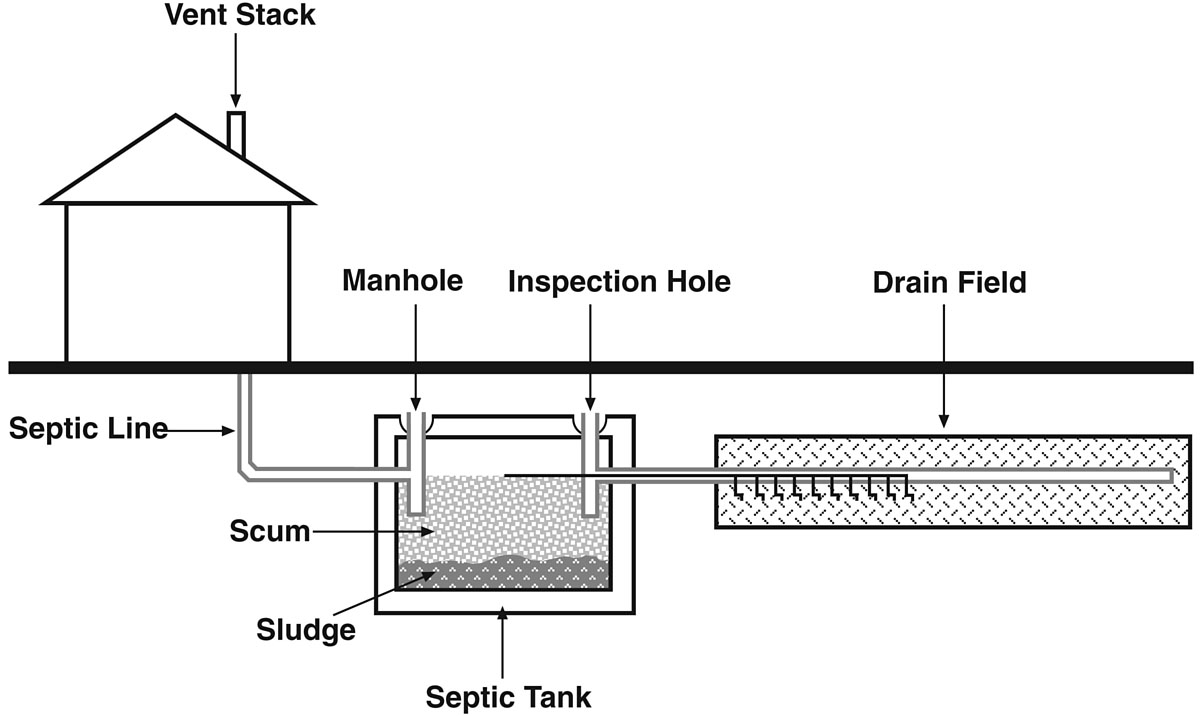All About Septic Systems
All About Septic Systems
In the Nick of Time
Early signs of septic-field problems include patches of bright green grass; turf that feels spongy when you walk on it; toilets, showers, and sinks that take too long to drain; sewage and/or smelly liquid near the leach field; and sewage odors after a rainfall. If you notice any of these signs, have your septic system inspected right away.
Tool Chest
Sludge is the layer of solid waste that accumulates at the bottom of a septic tank. Scum or buoyant waste are technical terms for the lighter solids that float to the top of the tank.
Septic systems are common in rural areas that aren't serviced by municipal sewers and in areas where the costs of running a sewer line are prohibitive.
They consist of the following:
A septic tank. This is a large, watertight container made of concrete, steel, fiberglass, or polyethylene. A septic tank is always placed underground and can be rectangular or cylindrical. It is connected to your home's sewer line and collects all water and waste from it. Heavy and solid materials settle to the bottom of the tank as sludge while lighter solids, such as hair, soap suds, fat, and grease, also called scum or buoyant waste, float to the top. In the middle is a layer of wastewater. Baffles inside the tank prevent scum from leaving thetank. Pumps are sometimes used to move wastewater out of holding tanks, especially if the tank is lower than the drain field.
A drainage system. This consists of an outflow pipe, a distribution box, a network of perforated pipes, and an absorption (also called leach or drain) field or mound. When liquids inside the tank get high enough, they flow out of the tank into the outflow pipe, which connects to the distribution box. The distribution box channels wastewater into the perforated pipes. The pipes distribute the waste through the absorption field, where bacteria and other organisms in the ground provide additional waste treatment. Some septic systems are designed with two or more smaller drain fields instead of one large one. A diversion valve switches flow between the fields. Instead of septic fields or mounds, some systems have seepage pits, also known as dry wells. They work in much the same way.

A well-built, well-maintained septic system can do an excellent job of treating household wastewater for a long time. If maintained properly, they can last between 25 to 35 years. However, it's easy to forget there's a private sewer system under your turf. And that's when problems set in.
There are lots of things that can happen to keep septic systems from doing their job well (see Causes of Septic Problems for more information). Unfortunately, the majority of them are brought about by neglectful homeowners.
When they happen, you've got trouble. Review Keep Your Septic System Happy for advice on preventing disaster.